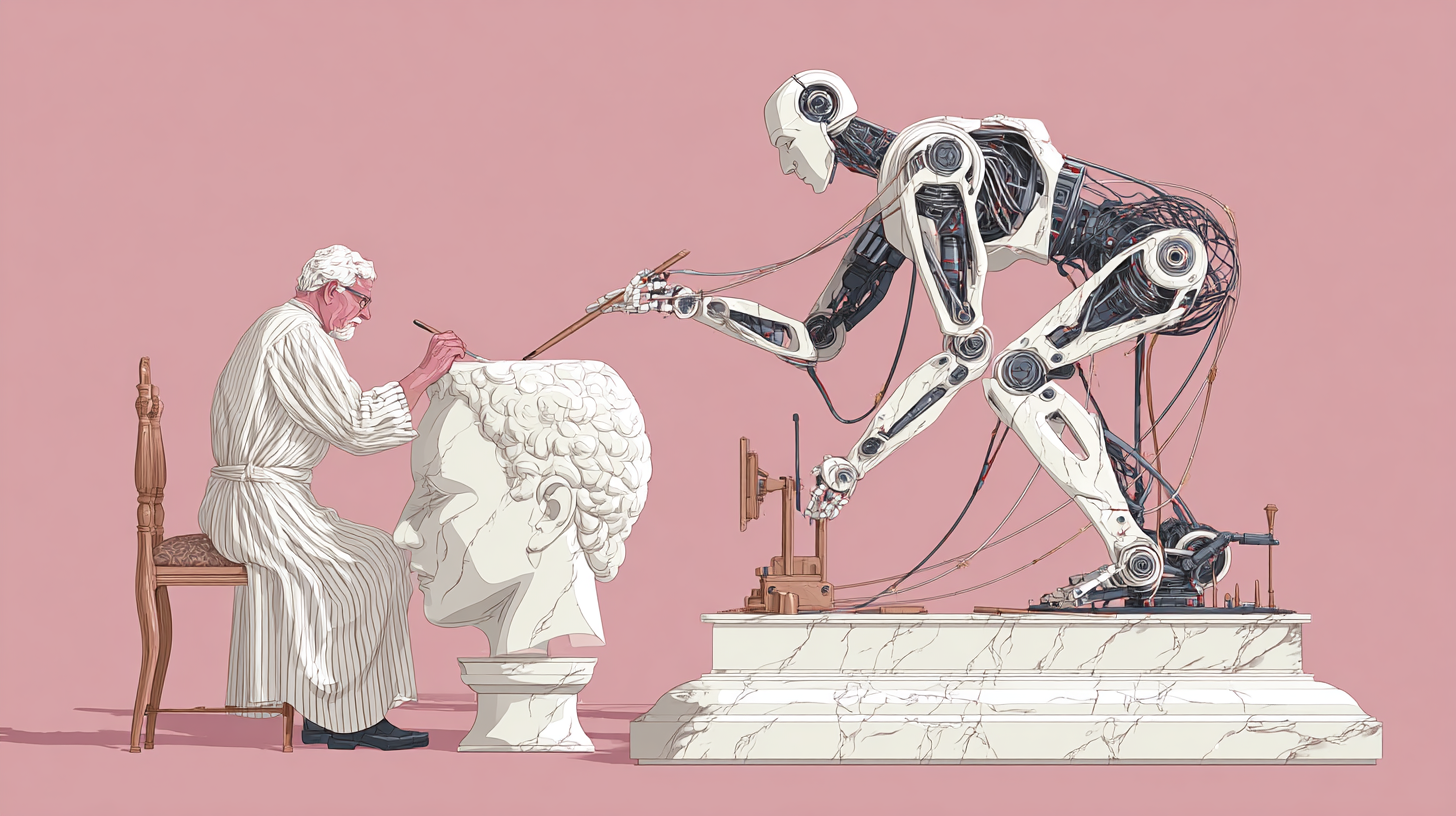Useful information
Prime News delivers timely, accurate news and insights on global events, politics, business, and technology
Useful information
Prime News delivers timely, accurate news and insights on global events, politics, business, and technology


Hoping to attract more enterprise teams to its ecosystem, Adobe launched a new model customization service called Adobe AI Foundry, which would create custom versions of its flagship AI model, Firefly.
Adobe AI Foundry will work with enterprise customers to redesign and train Firefly models customer specific. AI Foundry version models differ from Firefly custom models in that Foundry models comprise multiple concepts compared to custom models with a single concept. These models also be multimodalwhich offers a broader use case than custom Firefly models, which can only ingest and respond with images.
Adobe AI Foundry models, based on Firefly, will learn a company’s brand tone, image and video style, products and services, and all of its IP. The models will generate content based on this information for whatever use case the business wants.
Hannah Elsakr, vice president of GenAI New Business Ventures at Adobe, told VentureBeat that the idea of setting up AI Foundry came about because enterprise customers wanted more sophisticated custom versions of Firefly. But given the complexity of business needs, Adobe will handle the restructuring rather than handing the reins to customers.
“We will retrain our own commercially secure Firefly models with the enterprise IP. We keep that IP separate. We never incorporate it into the base model, and the enterprise itself owns that output,” Elsakr said.
Adobe will implement the Foundry version of Firefly through its API solution, Firefly Services.
Elsakr compared AI Foundry to an advisory service, as Adobe will have teams working directly with enterprise customers to retrain the model.
Elsakr refers to Foundry as a deep tuning method because it goes beyond simply tuning a model.
“The way we think about it, perhaps in simpler terms, is that we are surgically reopening the Firefly-based models,” Elsakr said. “So you get the benefit of all the knowledge in the world from our image model or video model. We’re going back in time and bringing in the intellectual property of the company, like a brand. It could be images from a shot style, whatever your license is to contribute. Then we retrain. We call this continuous pretraining, where we overweight the model to flag some things differently. So we’re literally retraining our base model, and it’s That’s why we call it deep adjustment instead of fine-tuning.”
Part of the training process involves Adobe’s integrated teams working with the company to identify the data they would need. The data is then securely transferred and ingested before being tagged. It is sent to the base model and then Adobe begins a run of the pre-training model.
Elsakr maintains that the Foundry versions of Firefly will not be small, distilled models. Additional data from companies often expands Firefly’s parameters.
Two of Adobe AI Foundry’s first customers are Home Depot and Walt Disney Imagineering, Disney’s research and development arm for its theme parks.
“We’re always exploring innovative ways to improve our customers’ experience and optimize our creative workflows. Adobe’s AI Foundry represents an exciting step forward in adopting cutting-edge technologies to deepen customer engagement and deliver impactful content across our digital channels,” said Molly Battin, senior vice president and chief marketing officer at The Home Depot.
Companies often resort to Fine tuning and model customization bring the great linguistic models with their vast external knowledge closer to the needs of your company. The setting also allows business users to use models only in the context of their organization’s data, so that the model does not respond with text that has no business relationship.
However, most organizations make the adjustments themselves. They connect to the model’s API and begin retraining it to respond based on its ground truth or preferences. There are several methods for making adjustments, including some that can be made with just a notice. Other model providers also try to make it easier for their customers to fit models, such as OpenAI with his o4-mini reasoning model.
Elsakr said he expects some companies to have three versions of Firefly: the Foundry version for most projects, a custom Firefly for specific single-concept use cases, and the basic Firefly because some teams want a model less burdened by corporate knowledge.